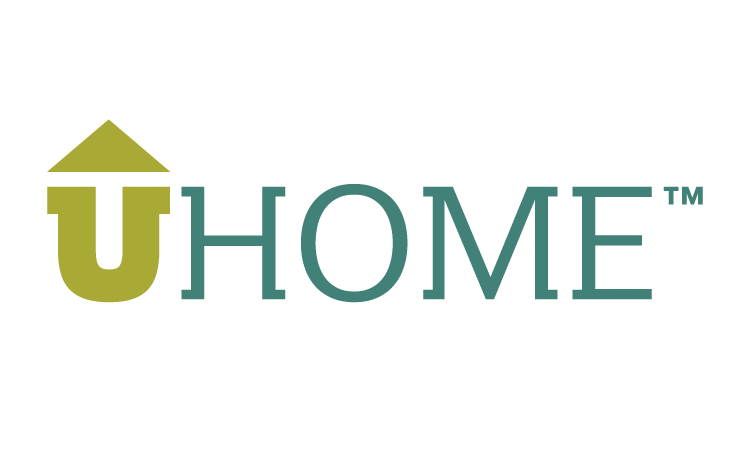How Technology Can Help Reduce The Risk Of Falls In Older Adults
Falls are a major concern for older adults, as they can lead to serious injuries and a decline in overall health. While technology cannot completely prevent falls, it can play an important role in fall prevention by identifying potential risks, mitigating the impact of a fall, and providing quick communication in case of an emergency.
Save to refer back to later!
Can Technology Prevent Falls?
There are 3 main ways that technology can help to reduce the risk of falls and fall-related injuries.
Identification
One way technology can help prevent falls is through identification. Devices such as blood pressure monitors and motion sensors can be used to monitor health conditions and detect changes that may put a person at risk for a fall. For example, a remote blood pressure monitor could signal a monitoring site or caregiver that blood pressure is low and the client is at risk for a fall.
Mitigation
Mitigation is another way technology can help prevent falls. There are certain types of belts and briefs that inflate if activated by a sudden movement, designed to reduce the likelihood of a hip fracture if the person were to fall. This technology can help reduce the impact of a fall, but it does not prevent the fall from happening.
Communication
Communication technology is another way technology can help prevent falls. This type of technology allows anyone who has had a fall or is in need of assistance to get help quickly. Wearable devices such as fall detection pendants or smart watches can automatically send an alert to a caregiver or monitoring site in case of an emergency. This can help ensure that help arrives quickly, reducing the risk of serious injury or complications.
Benefits of Emergency Detection Technology
One of the most popular types of fall prevention technology is emergency detection technology. This technology is designed to detect falls and provide quick communication with a caregiver or monitoring service if someone has had a fall. This type of technology can be incredibly beneficial for aging parents, as it allows them to remain independent while still providing added safety and security.
Emergency detection technology can also provide peace of mind for family members who may not live close by, as they can be notified if their parent has had a fall or is in need of assistance. This technology is also beneficial for those living alone with no caregiver or family nearby, as it ensures that help will arrive quickly in the event of an emergency.
What to Consider When Choosing Fall Prevention Technology
When choosing fall prevention technology, it's important to consider the specific needs and preferences of the aging parent. For example, if the aging parent is comfortable with technology and has a smartphone, a wearable device like a fall detection pendant or smartwatch may be a good option. On the other hand, if the aging parent is less comfortable with technology, a device that can be easily activated with the press of a button, such as a smart home device, may be a better option.
Complementary Fall Prevention Methods
While technology can play an important role in fall prevention, it should not be relied upon as the sole method of fall prevention. In order to effectively prevent falls, it's important to consider other complementary fall prevention methods.
Exercise
Exercise is one of the most effective ways to prevent falls. Regular physical activity can help improve balance, strength, and flexibility, which can reduce the risk of falls. Exercise programs such as tai chi, yoga, or balance training can be particularly helpful. It's important to consult with a healthcare professional before starting any exercise program to ensure it's safe and appropriate for the individual.
Home Safety Modifications
Making simple changes to the home environment can also help reduce the risk of falls. This can include installing handrails on stairways and in bathrooms, removing tripping hazards such as loose rugs, and ensuring good lighting throughout the home. Additionally, it's important to keep the home well-maintained, with regular cleaning and repairs to ensure a safe environment.
Medication Management
Certain medications can cause drowsiness, dizziness, or confusion, which can increase the risk of falls. It's important to review medications with a healthcare professional to ensure they are still necessary and to identify any potential side effects that may increase the risk of falls.
Vision and Hearing Care
Poor vision or hearing can also increase the risk of falls. It's important to have regular eye and ear exams to ensure that any issues are identified and addressed. Additionally, it's important to ensure that glasses or hearing aids are up-to-date and being used as prescribed.
Ge the support you need
Fall prevention is a complex issue, but there are many steps that can be taken to reduce the risk of falls for older adults. Home modifications such as installing handrails, grab bars, and slip-resistant flooring can provide extra stability and support in areas with an increased risk of falls. Additionally, technology can help enhance safety and provide extra peace of mind. However, it's essential to consult with a healthcare professional or occupational therapist before making any changes to ensure that they are safe and appropriate for the individual.




As we age, maintaining cognitive health becomes increasingly important for overall well-being. Promoting mental wellness in seniors is crucial not only for preserving memory and cognitive function but also for enhancing quality of life. This blog explores various strategies, from cognitive exercises to social engagement and dietary considerations, offering practical tips to support cognitive wellness in the aging population.